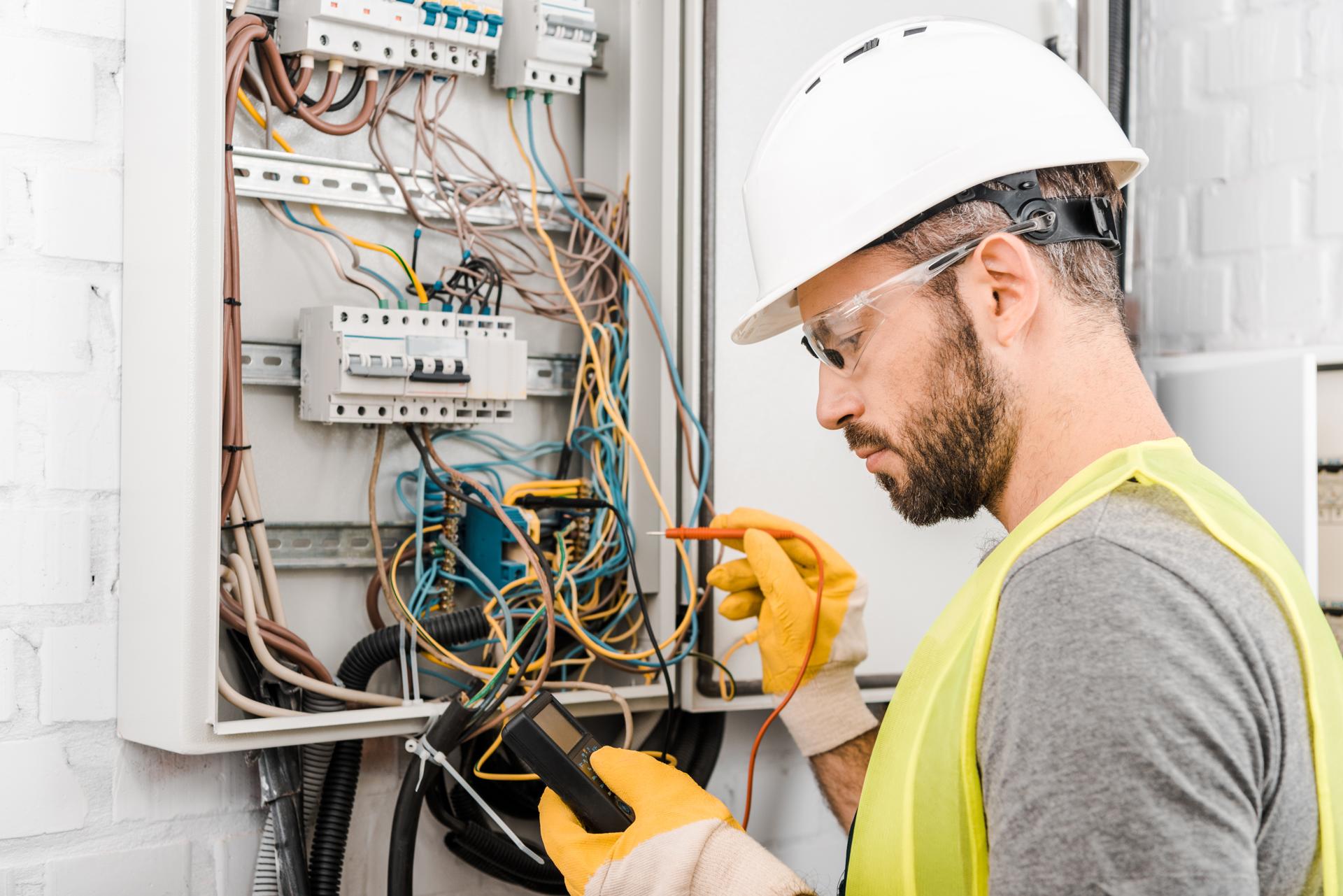An Amateur's Guide to Understanding Electrical Wiring in Your Home

Electricity is a vital part of our daily lives, powering everything from the lights in our houses to devices we use every day. But electricity systems are a bit complicated and understanding how they work can be difficult. In this article, we’ll break down the various components of an electrical system, and show how circuits operate to power devices and appliances. Our residential electricians can handle any electrical jobs you need.
Components of an Electrical System
An electrical system is comprised of several key components that work together to deliver power throughout homes. These include:
Breaker box: the main distribution point for electrical power in homes, where the electricity is split into various circuits
Outlets and switches: the places where electricity is delivered to appliances and devices
Wiring: the wires that carry electric current from the box to the outlets and switches
Electronic appliances and gadgets: appliances and gadgets that rely on electricity to function.
Electrical Circuits
A circuit of electricity is a pathway that lets electricity flow from the main source (the the breaker box) to the appliances and devices in a home. There are two kinds of electrical circuits in homes that are 120-volt and 240-volt circuits. 120-volt circuits are employed for the majority of household appliances and appliances, whereas the 240-volt circuits are utilized for larger appliances like dryers, air conditioners and electric ones.
Electrical circuits function by creating a loop that allows electricity to flow from the source into the device or appliance. The loop consists of a hot cable that is the conduit for electricity and a neutral wire which completes the circuit as well as a ground wire , which is an avenue for electricity to travel to the ground in case the fault occurs.
Understanding the electrical Wiring
Electrical wiring is available in many different types, including non-metallic sheathed cables (NM) as well as armored cables (AC) and conduit. Each comes with its own pros and drawbacks and the selection of the wiring type is contingent upon the particular requirements of the installation.
The electricity travels through wires through a flow of electrons through the wire. Electrons move through the wire from source, to device or appliance and then back to the source using the neutral wire. It is essential to ensure the wiring is put in place and maintained properly, since faulty wiring can lead to electrical hazards like shocks and fires.
Common Electrical Problems
Common electrical issues that homeowners face include tripping the light bulbs, flickering breakers and electrical outlets that are not working. These issues can be caused due to a variety of reasons such as overloading circuits poor connections, or faulty wiring.
If you experience one of these problems, it is essential to determine the root cause and take steps to correct the issue. In certain instances, this may involve contacting an authorized electrician to look over and fix the wiring.
Concluding and Call to Action
In conclusion, understanding how electrical wiring works is vital to ensure the security and reliability of your home’s electrical system. If you follow the rules laid out in this guide and you will be able to remain secure and stay clear of potential dangers.
If you have any questions or concerns regarding the electrical system in your home, don’t hesitate to contact Local Electrician Paddington. Our team of licensed electricians have the knowledge and expertise to meet your electrical requirements. Contact us by phone at 1300 941 876 to schedule a consultation.
FAQ
What are the symptoms of an electrical wiring issue?
The signs of an electrical wiring issue can include tripping breakers, flickering lights, or dead outlets, among others.
When should I have my electrical system at home inspected?
It’s recommended that you ensure that your electrical system is inspected by a licensed electrician at least every 10 years.
What is the life expectancy for electrical wires?
The life span of electrical wiring is based on a variety of factors, including the type of wiring used, the environment it’s installed in, as well as the quality of installation. In general, electrical wiring will last for at least 30 years or more, with proper installation and maintenance.
Can I fix electrical problems myself , or do I need to hire an electrician?
Although some electrical issues can be solved by homeowners, it’s advised to hire a licensed electrician to complete most electrical repairs. Attempting to fix electrical problems without proper training and experience can be dangerous and could cause injuries or damages the property.
What should I do if experience an electrical emergency in my home?
In the event of an electrical problem first thing to do is to shut off the power to the affected area by shutting off the breaker or the fuse. After that, you should contact an accredited electrician to look into and fix the problem as quickly as you can.
If you follow these tips, you can ensure the safety and reliability of your home’s electrical system , and avoid any potential dangers. Keep in mind that when it comes to electrical repairs as well as installations, it’s best to leave it to the experts. Call Local Electrician Paddington at 1300 941 876 for all your electrical needs.
